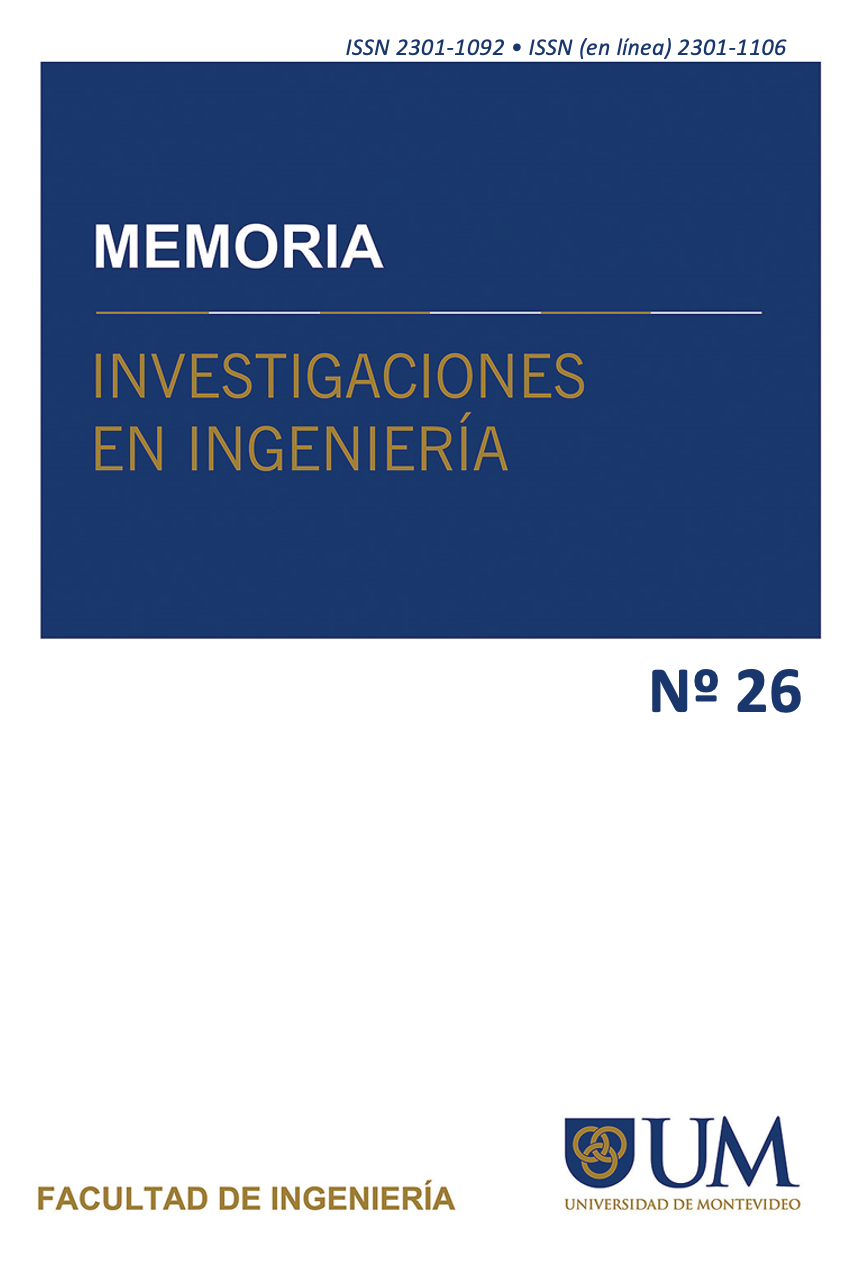Effects of Structural Aging during the Useful Life of Buildings
Case Study of an Educational Building
DOI:
https://doi.org/10.36561/ING.26.8Keywords:
Aging of buildings, Structural Safety, Structural opinion, Useful lifeAbstract
This article presents the results developed at the Instituto Tecnológico de Tepic with the purpose of carrying out a structural opinion of the “Q” building. Its purpose was to evaluate the structural conditions of the building generated by its use, which may be a cause for compromising the safety of the building, and therefore of the Institute's staff and its students as its daily users. The culmination of the period of its useful life and the characteristics of its aging are discussed. The property in question was built in 1976, its original design was based on rigid structural steel frames, with columns based on box section plates of various calibers, using welding at the joints of the structural elements. This property corresponds to a “type” building model designed in 1966 for the Administrative Committee of the Federal School Construction Program (CAPFCE). In the analysis of the conditions of the building, various techniques were used to determine deformations, settlements, and general deterioration of the materials that comprise the structure of the building, finding alterations in some structural elements with the naked eye. It is finally concluded that although the building can be structurally preserved by carrying out some repair and maintenance actions, its structural design did not meet the specifications of the current regulations, so the body responsible for the construction of the educational infrastructure determined that the The only viable solution was the total demolition of the property and its new construction.
Downloads
References
Alcocer Martínez de Castro, S. M., Valencia Ronquillo, G. A., & Bautista Monroy, R. (2021). Evaluación postsísmica de la infraestructura física educativa de México Volumen 1: Metodología. Instituto Nacional de la Infraestructura Física Educativa, en Liquidación, 95-104. Obtenido de https://www.inifed.gob.mx/tecnica/tiv/Evaluacion_Metodologia_VF_DIGITAL_130221.pdf
Carrión Viramontes, F. J., Lomelí González, M. G., Quintana Rodríguez, J. A., & Martínez Madrid, M. (2003). La evaluación no destructiva de materiales estructurales y puentes. (C. y. Secretaría de Infraestructura, Ed.) (Publicación Técnica no. 231), 44-52. Obtenido de https://www.imt.mx/archivos/publicaciones/publicaciontecnica/pt231.pdf
Schinca, J., Lassus, O., & Fernández, M. (2007). Estabilidad de las construcciones III Losas 1, Casos de losas aisladas. 17-20.
Secretaría de Economía. (2013). NMX-R-021-SCFI-2013 Escuelas - Calidad de la Infraestructura Física Educativa - Requisitos. México, Mpexico. Obtenido de https://www.gob.mx/cms/uploads/attachment/file/104914/NMX-R-021_Calidad_de_la_INFE_requisitos.pdf
Universidad Tecnológica de la Mixteca. (2014). Planeación de l a Vida Útil en Proyectos Arquitectónicos. Temas de Ciencia y Tecnología, 18(53), 53-58. Obtenido de https://www.utm.mx/edi_anteriores/temas53/index.html
Vidaud, I. y. (2012). La carbonatación en el concreto reforzado. Construcción y Tecnología en concreto, 20-23. Obtenido de https://www.imcyc.com/revistacyt/enero2013/pdfs/ingenieria.pdf























